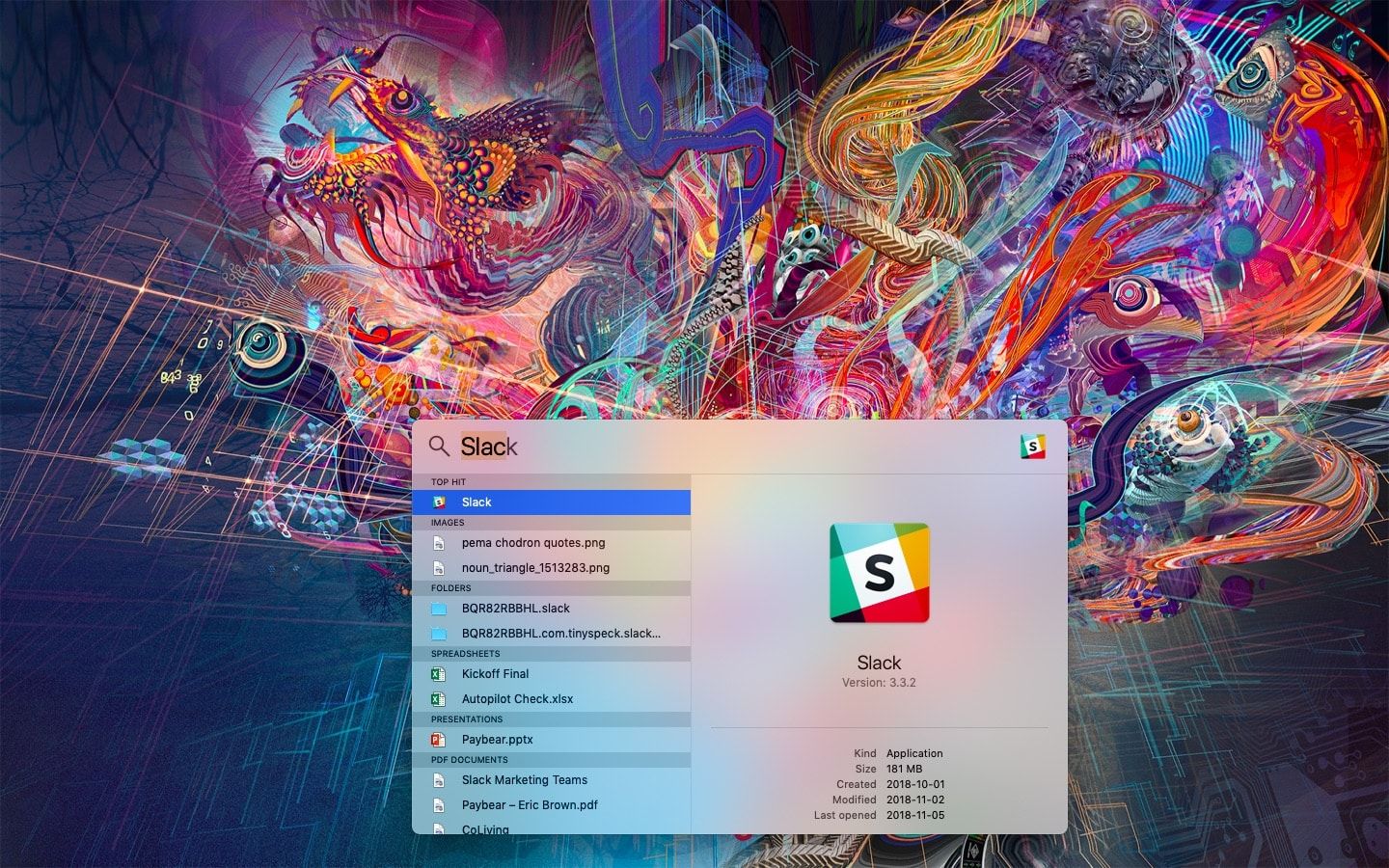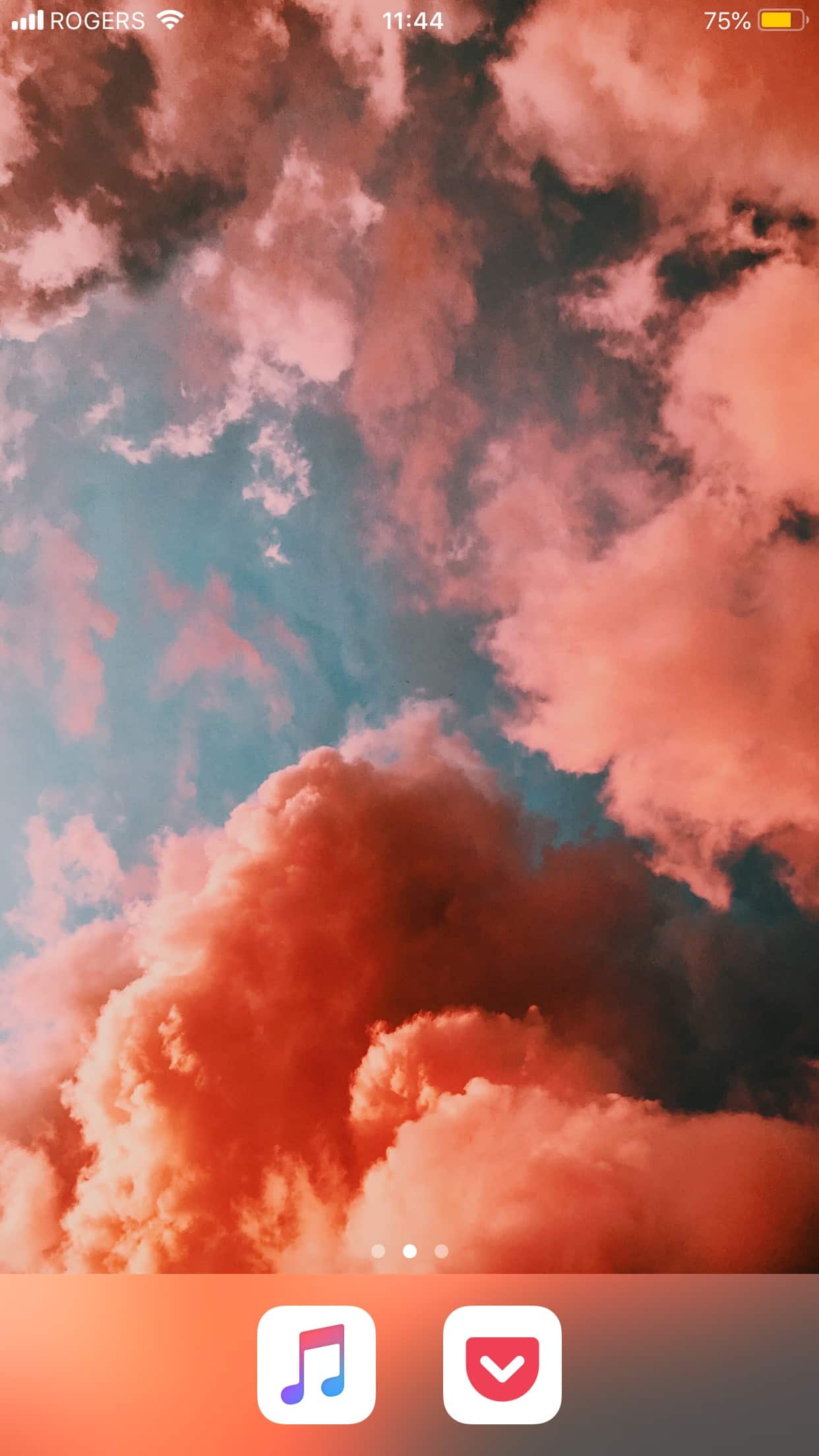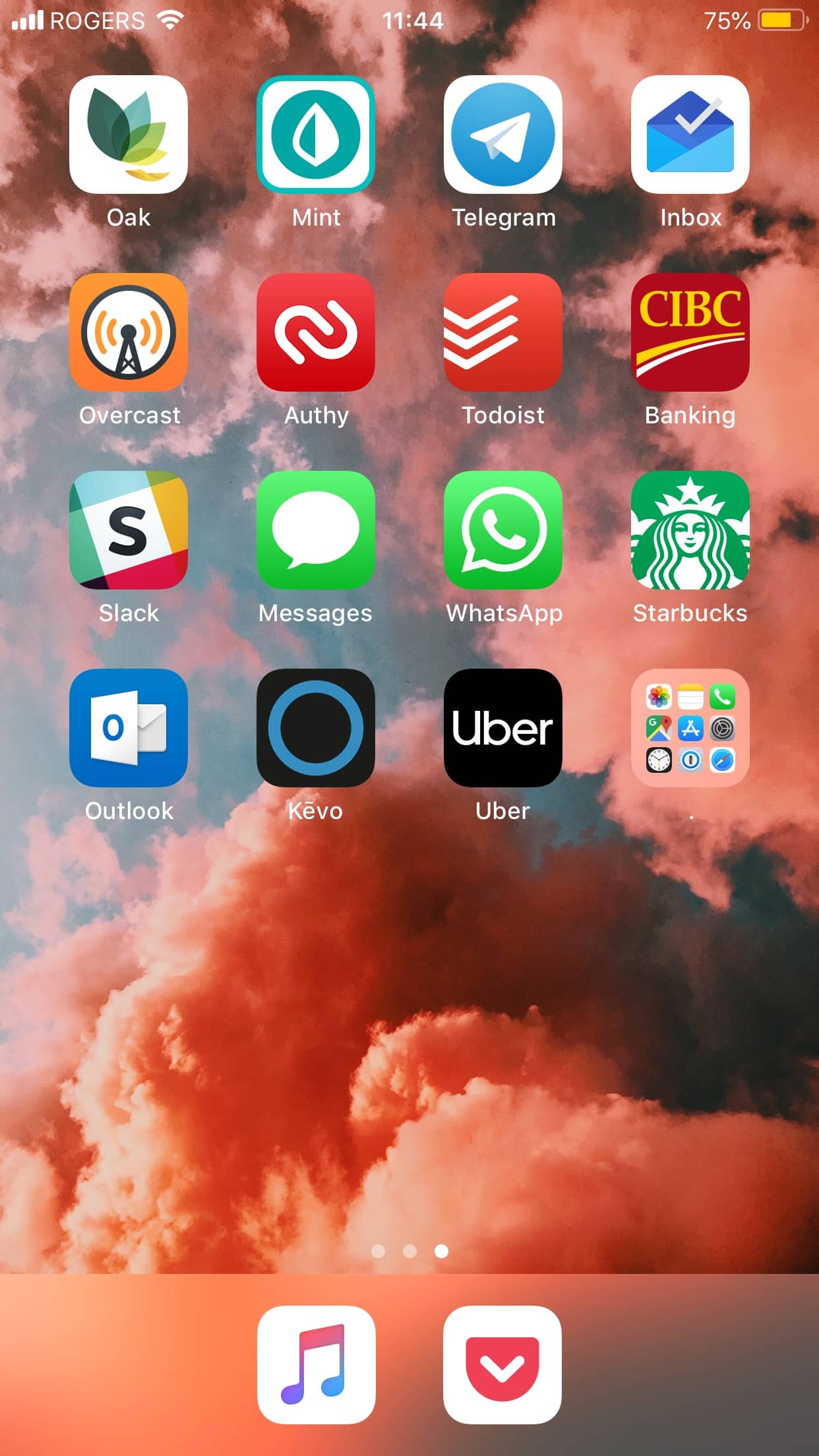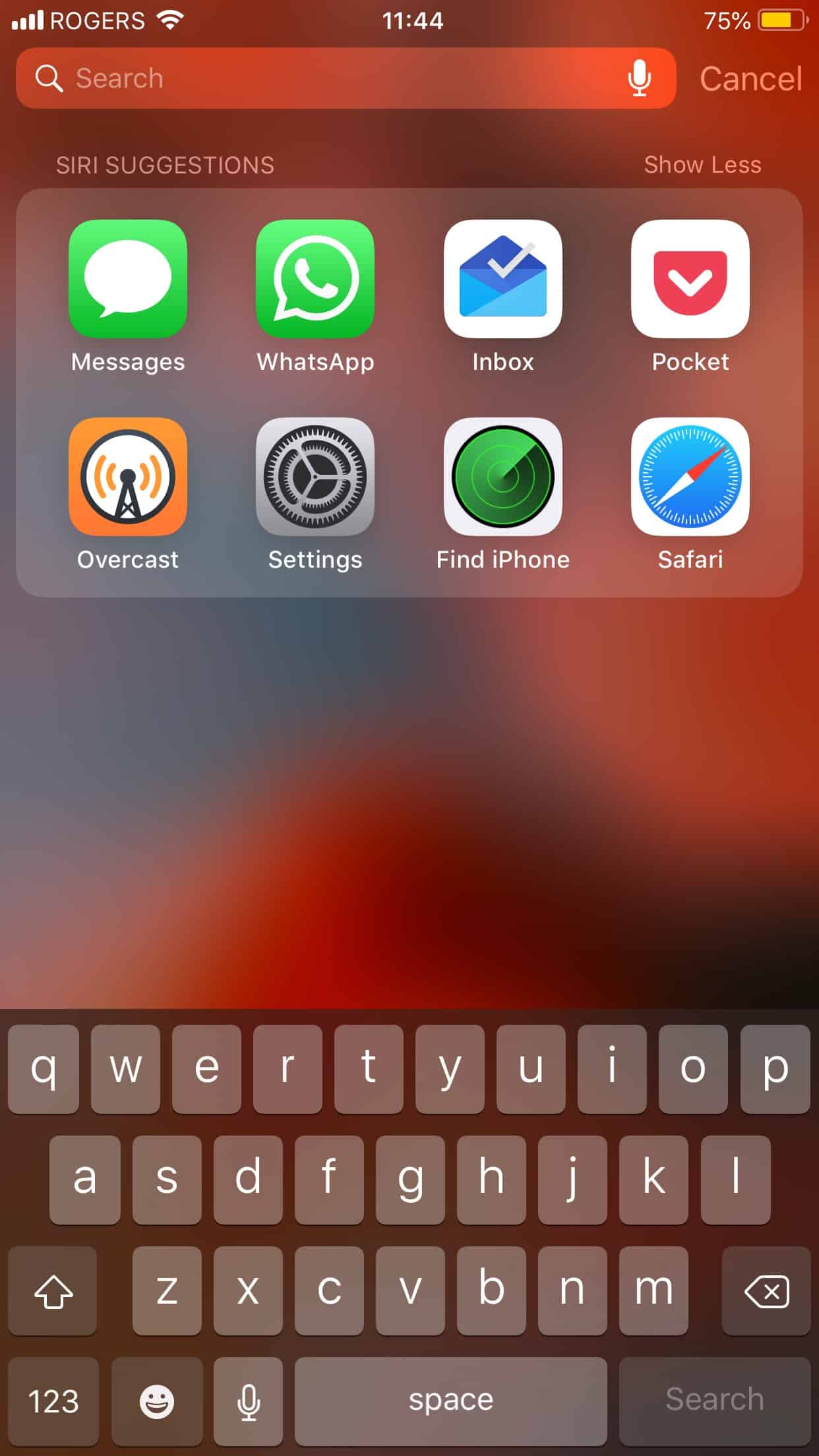Eric Brown • • 6 min read
Intentional Technology: How to Take Control of Your Digital Domain

“Our thoughts shape our spaces, and shape our tools. Our tools and spaces return the favor.”
— Steven Johnson
Let me ask you a question, and answer honestly:
Do you control your technology, or does your technology control you?
Do you decide when and how you use your tech? Are you intentional when you use it, and accomplish exactly what you intend to do? Can you resist using your technology whenever you want?
If you’re like any other human in a technologically enabled society, the real story probably looks a little different.
We sleep with our phones within arms reach, it’s the first thing we look at in the morning and the last thing we see when we go to sleep, even if we have another person in bed with us.
Every vibration indicating a new notification invites a wave of both excitement and mild anxiety.
You scroll through your Facebook feed, close the app, and immediately, reflexively, open Facebook again.
You unlock your phone to get directions, and after 5 minutes of looking through the Instagram Discover section, you find yourself wondering what you were doing.
Every red badge commands your attention, and you’re helpless to resist. You twitch for your phone 5, 10, and 15 minutes after posting a photo just to see if you’ve gotten any more likes.
Our technology controls us more than we control it.
Like a loyal servant, we run whenever the bell rings.
We’ve let ourselves be dominated by technology, and find ourselves worshipping these new idols.
Though this is where we’ve come to, it’s not where we have to stay. We have some tools and tactics to arm ourselves with, in the war for our attention.
Intentional Technology
We are creatures of our environment.
We react to environmental cues, and our behaviour is informed by the systems that surround us.
This is the fundamental underpinning of the ontological design philosophy.
“Everything that we design, in turn, designs us back. So, we are being actively designed by that which we have designed.”
— Anne-Marie Willis
Fortunately, the easiest way to reclaim dominance over your technology is to bring intention back to your interactions with your tech. To design the type of interactions you want to have.
Here’s something I’ve been experimenting with to bring intention back to tech: “blank slate” home screens.

This isn’t just an amazing photo by Android Jones, this is what my laptop desktop screen looks like. The menu bar on top is hidden, there are no files or folders, and the dock of icons at the bottom is also hidden. The menu and dock have had everything removed as well, no default icons, no additional noise.
On my phone and computer, the screens are blank.
This forces you to immediately reflect on the action you want to take. It prevents you from getting lost in the reflexive rabbit holes of social media and Candy Crush or clicking on whatever icon catches your attention first.
The idea here is that you must know exactly what you want to do, and search for it specifically.

Once you know the action you want to take, you can search for the application that will help you do that and jump right to it.

Being forced again and again to assert your intention helps you retain focus on what you want to accomplish, and break the reflexive impulse to jump to whatever is familiar or comfortable.
On my phone, I’ve taken this one step further and put only 2 applications that I want to use as the immediate options in my dock. Music, and reading. So when I do unlock my phone, the easiest options are now things I want to do more of.
This is how you design the experiences that you want to have.

Here, all of the apps are moved to the second page, so this is how the phone unlocks. It invites you to pause, and reflect on what you’d like to do, and gives you the space needed to realize that you just unlocked your phone as a reflexive habit, and don’t need to do anything.

Of course, I do have apps, but you’ll notice there are no social media apps, it’s mostly communication and lifestyle tools. Anything worth doing can be done with your full attention on a laptop or computer. I make my living on the internet and social media, so I know you can do it too. No excuses.
The bonus of this setup is that if you’re ever feeling overwhelmed with notifications, you can simply swipe back to the main page and enjoy the ‘clear sky’. ;)

And of course, if I want to do something from the homepage, just swipe to bring down the search, and look for whatever app you want to use.
What’s important here is that all the actions are stemming from intention, rather than reaction.
Reclaim Your Digital Dominance
As technology worms its way into more areas of our lives, more and more people are now discussing the effects this is having on us.
A focus on followers over friends, the rise of the ‘FaceTime facelift’, shortening attention spans, and relentless bombardments of hyper-normal stimuli have taken over.
Fortunately, we have organizations like the Center for Humane Technology here to help us.
They have a brilliant list of suggestions on how to reclaim your digital dominance, I highly recommend taking a look.
If you want to take control of your digital interactions, try this:
- Get rid of social media apps. All of them. Right now. If you do nothing else, do this. 100% of my income comes from social media, and I still don’t have them on my phone. I know you can do it. You’ll actually appreciate your time on social more if you don’t have constant access to it. This is true of most things in life.
- Highlight the things you want to spend your time on. Put reading, learning, or language apps front and centre, so that you’re more likely to see and use them. The less effort it takes to get started, the better.
- Clear your home screen. What can I say, it works!
- Remove all notifications. Seriously, outside of phone calls during certain hours, you don’t need to receive any of the notifications that bing, ding, and cha-cha their way across your screen. Have them all delivered quietly in the background.
- Leave your phone in a different room while working. The physical presence of your phone will compel you to use it. Do away with that and put it somewhere else — your flow state will thank you. If you work in an office, keep it in your bag rather than on your desk.
The Value of Digital Liberation
You might be wondering what value this brings. Social media isn’t that harmful, is it? I’m doing fine at work, so why do I care?
Fair point.
But this is no small matter. In your entire life, all you really have is your time and attention, and where you direct them.
Don’t let your two most valuable resources be squandered away by teams of engineers all fighting for a few extra seconds of your attention.
Bring intention back to your attention.
Take control of your digital domains. Be the master of your technology.
You have so much to give the world, so much you can do and be. Give yourself the time for that, give yourself the time to grow, heal, love, and learn.
We need people who are paying attention. People who have their heads held high instead of buried in the infinite abyss of glowing screens.
Are you paying attention?

Eric Brown
I'm a creator, artist, writer, and experience designer. I help people become themselves.










